

Graph
Brussels, Belgium
Xavier Lust
Brussels, Belgium, 2012-04-16 –
Xavier Lust’s work is marked by the palpable tension that he gives shapes and by the curves resulting from his experiments with the deformation of metallic surfaces. Faithful to and exalting this idea, the Graph desk reveals a technological knowledge of hot processing of glass that distils Lust’s masterful signature.
What is the history of the Graph desk?
The starting point for everything was a succession of mutual attempts to make my world of lines and volumes converge with the production demands specific to the FIAM plant. It took many years and exchanges before I understood the peculiar qualities of some materials and their capacity for following the twists and turns of my imagination. In 2009, I received a briefing from FIAM proposing that I design a scrivania, which means “writing desk” in Italian. This word isn’t used much in our country, but it is very common in Italian. My thoughts then turned toward the graphic sign, a fast, dynamic, and slanting signature.
In concrete terms, this glass desk was subjected to temperatures above 700°C to fluidize curves and lines. In what way is this object in keeping with your previous work?
Graph offers an impression of induced movement that is in the same vein as my previous work, like a sign of recognition. Despite its stasis, the object seems to live and radiate inner energy.
The deformation of surfaces with a view to optimizing structures is another recurrent theme of my production, so much so that this “gesture” has become, in a way, my signature.
In general, I am always trying to transcend material constraints. In this case, the critical threshold of the project is to be found at the level of the stability because Graph sits on only three contact points with the floor. Are you leaving the field of deformed metal, for which you have become well known?
The deformation of metal surfaces was a stage in the early 2000s, at a time when I was working with very few resources. Now that I am working with Italian design producers (Driade, MDF, Skitsch, Baleri, and so on), I have an opportunity to use more complex and diversified technologies. These producers work on an industrial scale and frequently turn to moulding techniques. I have created, for example, moulded aluminum candelabras; I designed moulded tables made of Cristalplant (a composite resin similar to Corian), chairs made of polypropylene, and so on.
For creation of Graph, I was presented with the opportunity to take the language that I had explored with aluminum further with the hot processing of glass under the aegis of Italian masters in that craft. Why did you make this change?
First of all, because it’s very exciting to have new experiences, to have new means within my reach, and to benefit from the motivated collaboration of the best factory in the field.
In most cases, it is possible to deform materials to a small proportion without their surface deteriorating. With metals, just as with glass, we work within the limits of this “small” proportion of deformation.
I like this job when it pushes back boundaries and overturns preconceived ideas. Unlike the postmodernist movement, which endlessly reinterprets past designs, you continue to search.
My credo is more to invent than to reinvent, and sometimes I go against the tide of trends. At the last Maison&Objet show in Paris, I heard comments concerning Graph such as, “It was born vintage” and “It’s a new classic.” I am delighted to hear these remarks, and they are evidence that the baby is doing fine. For me, the interest in creating a design is not that it is associated with a trend, a fashion, or an ever-changing commercial scene – quite the contrary, if it can be self-evident without need of further demonstration, if it has a real reason for existing through its ingenuity, it can also seem timeless. At the same time, you are exploring another dimension…
Yes. With the Belgian company MGX by Materialise, I produced two very organic lamps showing the infinite possibilities of a technique called stereolithography. In short, this is computer-controlled 3-D printing. In this case, what is extraordinary is that moulding is limitless. It is therefore possible to manufacture very complex objects. What’s your latest news?
My recent productions will be presented at Milan Furniture Fair, April 16–22, 2012, at the FIAM and MDF Italia stands, and in the city, in the De Padova showroom. At the Triennale di Milano, in addition to having a presence in the “Perspectives” exhibition, I am organizing a special food design event called Insalata Belga to promote Brussellicious, Brussels’s year of gourmet food.
A large number of prototypes of our surface bus shelters for the Brussels Region transport company (STIB) will be installed in 2013. In time, almost 2,000 bus shelters will be installed.
Caption: Desk with 19 mm curved transparent glass base and 15 mm clear glass top, with stainless-steel connecting elements.
220 x 80 x 74 cm
– 30 –
For more information:
Media contact
-
- Xavier Lust
- [email protected]
- 32 2 673 60 51
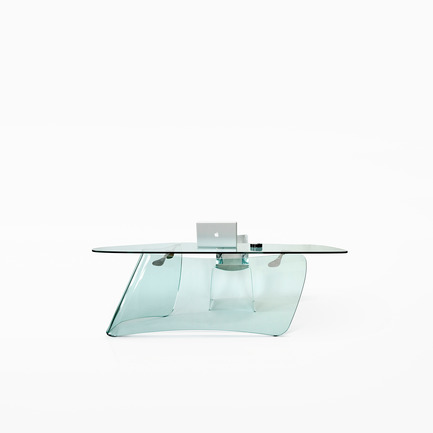
Photo credit:
Xavier Lust
Xavier Lust
~
4.6 MB
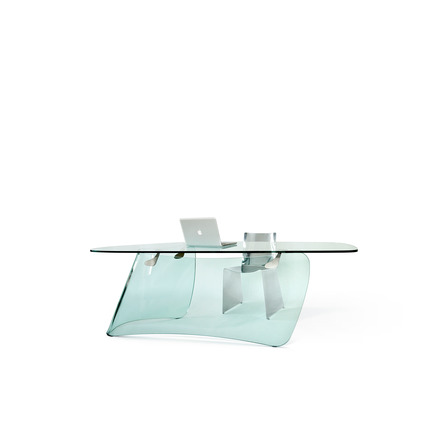
Photo credit:
Xavier Lust
Xavier Lust
~
2.8 MB
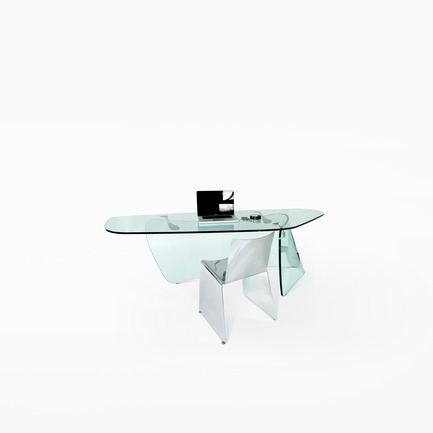
Photo credit:
Xavier Lust
Xavier Lust
~
4.2 MB
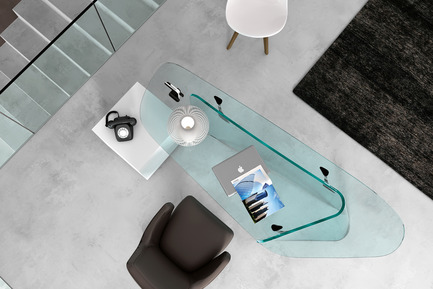
Photo credit:
Xavier Lust
Xavier Lust
~
4.4 MB
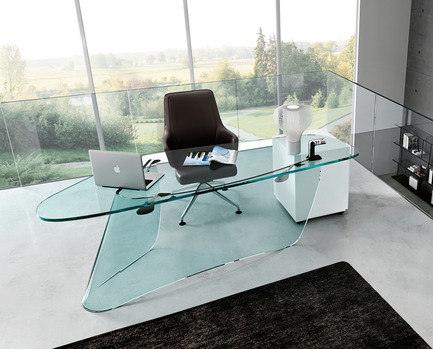
Photo credit:
Xavier Lust
Xavier Lust
~
2.6 MB
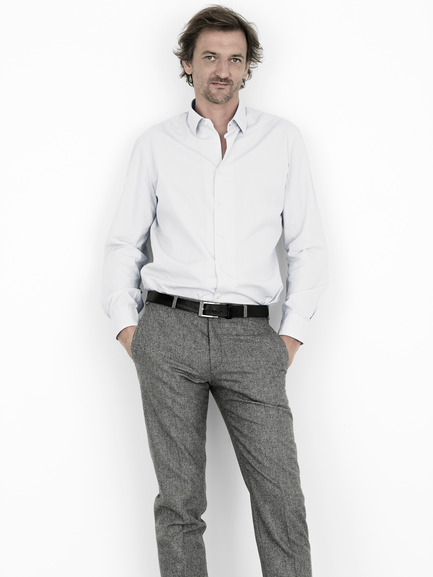
Photo credit:
Luc Praet
Luc Praet
~
4.2 MB




